Morocco: Gnawa music now on UNESCO heritage list
Morocco’s Gnawa musical culture has been included on the UNESCO list of Intangible Cultural Heritage of Humanity.
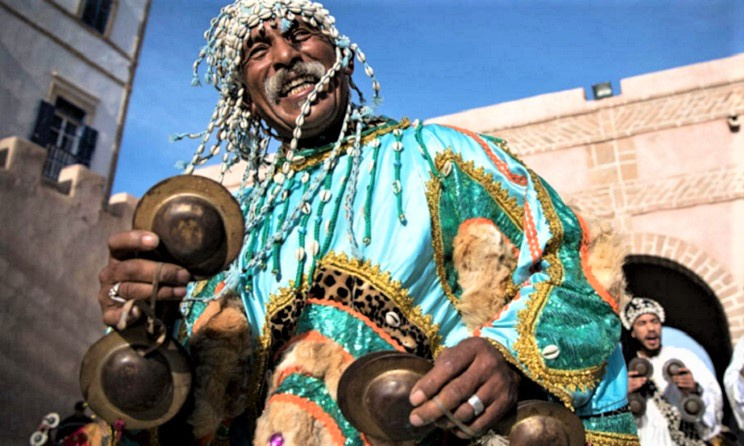 A Gnawa musician playing the krakebs.
A Gnawa musician playing the krakebs.
Dating back to at least the 16th century, Gnawa is considered as a central part of Morocco’s multifaceted culture and identity.
According to the nomination document submitted in 2018 to UNESCO by Mustapha Nami, a Moroccan senior curator of historical monuments, Gnawa refers to a "set of musical productions, fraternal practices and therapeutic rituals where the secular mixes with the sacred."
The practices are said to be a "therapeutic ritual of possession which takes the form of all-night ceremonies of rhythms and trance combining ancestral African practices, Arab-Muslim influences and native Berber cultural performances."
The musical culture was popularised by the Gnaoua World Music Festival in Essaouira in 1997. Before then, Gnawa brotherhoods had been little known, even marginalised. Often dressed in colourful outfits, Gnawa musicians play the guembri, a three-stringed lute, accompanied by steel castanets called the krakebs.
Gnawa came about from the country’s slave-trading past, carried over on slave ships from West Africa that docked in Mogador, now called Essaouira.
"This culture, recognised by major names on the world music scene, did not have the place it deserved in the Moroccan popular imagination," Gnaoua World Music Festival founder Neila Tazi told France 24.
Tazi’s festival also highlights other unique mixes of Morocco musical styles and has featured famous Gnawa musicians fusing the genre with different styles like jazz and the blues.
This was the second Gnawa submission to UNESCO. In 2014, Tazi submitted the genre to UNESCO but cited lack of government support in ensuring its success.
Morocco now boasts nine items on the Intangible Cultural Heritage list, including the Cherry Festival in Sefrou and the taskiwin martial dance of the western High Atlas.















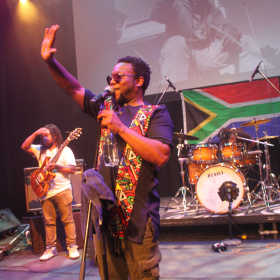




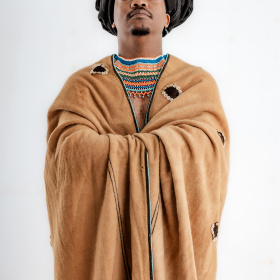





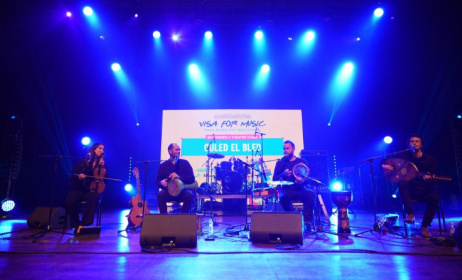


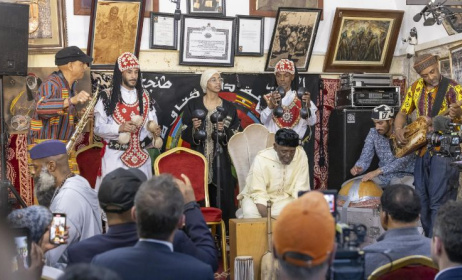
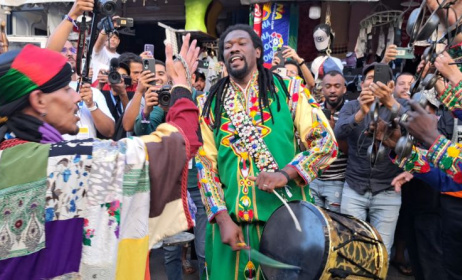



Comments
Log in or register to post comments